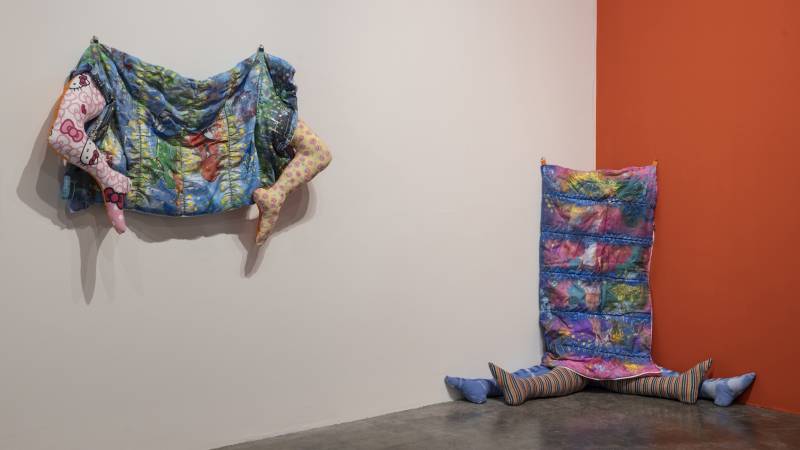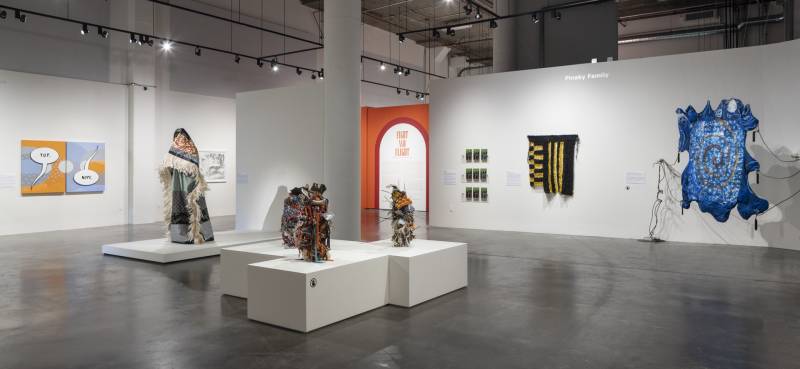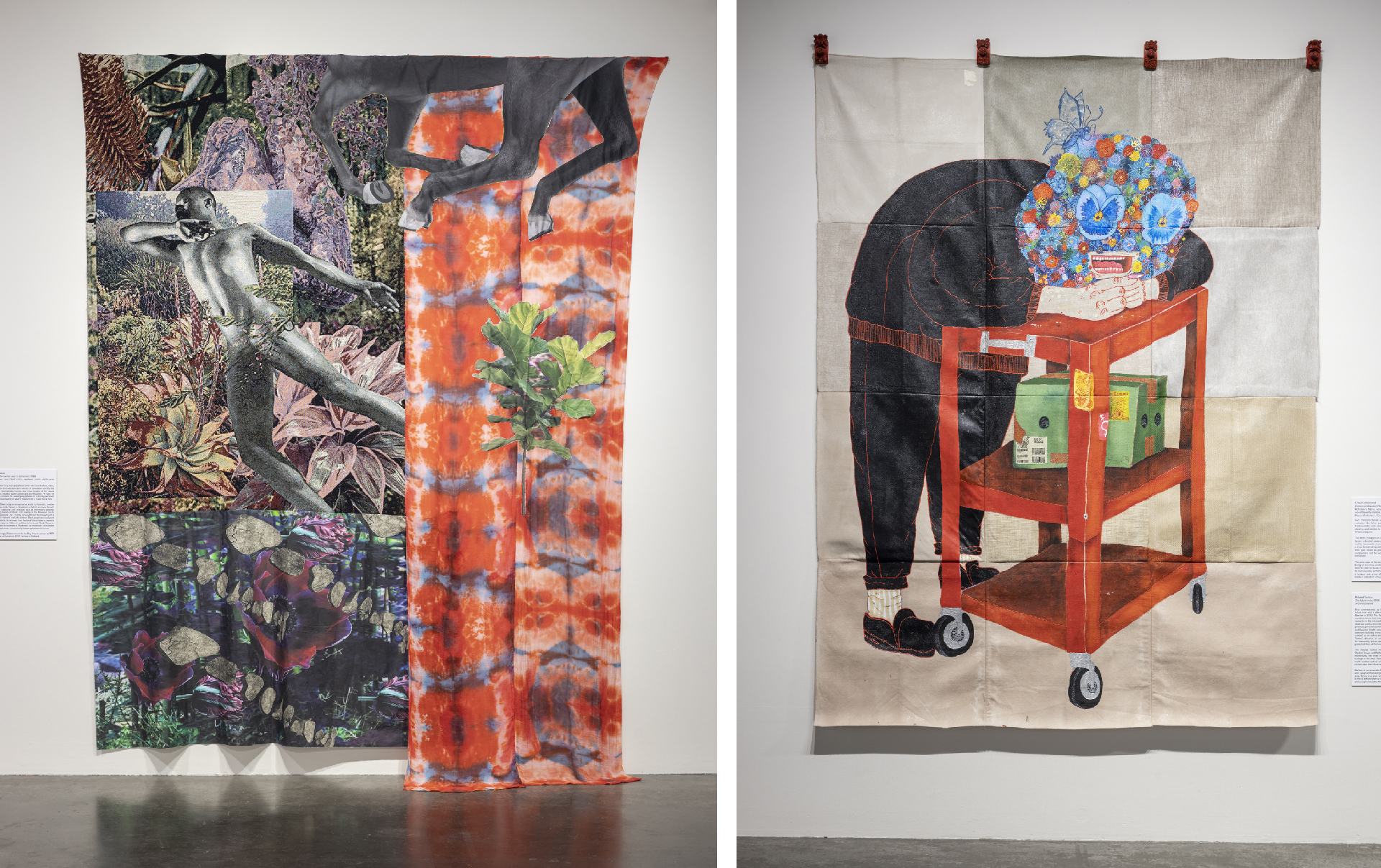When I moved to the Bay Area two years ago, the first people I ever interviewed were a group of Oakland artists living and working together in an old fruit cannery. Music would often float out into the hallways of the weary building when a resident left their door open, inviting the other artists inside as they painted or cooked. This respite offered relief against a constant and pressing struggle: their landlords had been pressuring them to move out so they could fill the live-work studios with business. As affordable housing continued — and continues — to dwindle, the question of where to go loomed heavy over their heads.
While the Bay Area has been home to different creative communities for decades, more and more of its artists are wondering whether or not it is sustainable to remain here. This question is the focus of Fight and Flight: Crafting a Bay Area Life, one of the latest exhibitions at the Museum of Craft and Design. On view until Sept. 10, Fight and Flight features the work of 23 artists who have chosen to stay or leave the Bay Area in recent years.





